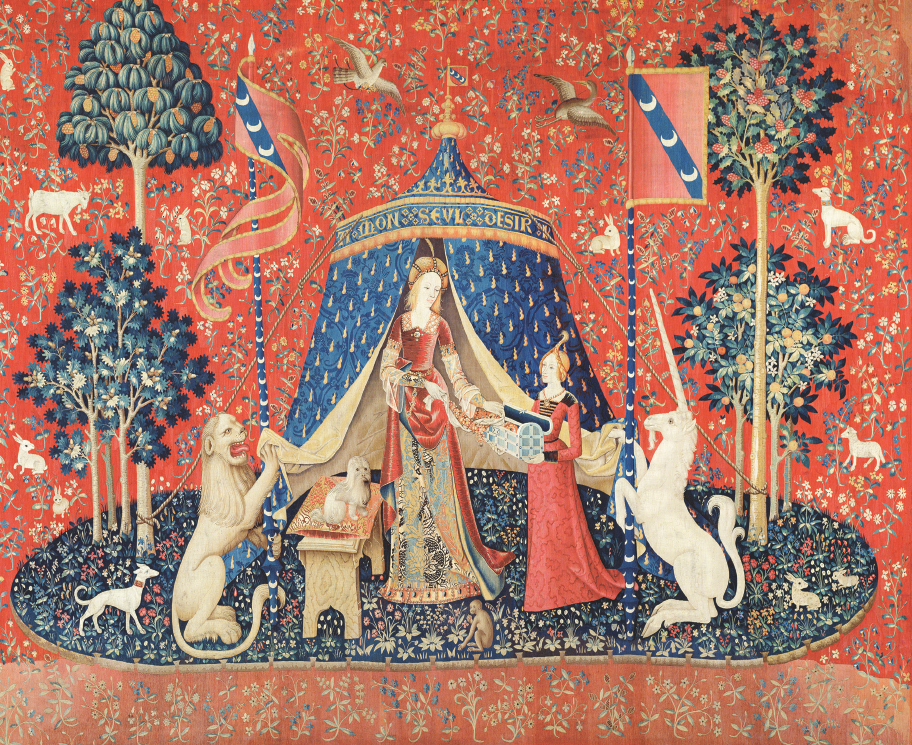Power and Responsibility
A male member of the nobility became fully adult when he came into the possession of property. He then acquired authority over lands and people, protecting them from attack, maintaining order, and settling disputes.
Women played a large and important role in the functioning of the estate. They were responsible for the practical management of the household’s “inner economy” — cooking, brewing, spinning, weaving, caring for yard animals. When the lord was away for long periods, the women frequently managed the herds, barns, granaries, and outlying fields as well. Often the responsibilities of the estate fell to them permanently as the number of men slain in medieval warfare ran high.

Throughout the High Middle Ages, fighting remained the dominant feature of the noble lifestyle. The church’s preaching and condemnations reduced but did not stop violence, and the military values of the nobles’ social class encouraged petty warfare and disorder. The nobility thus represented a constant source of trouble for the monarchy.
>QUICK REVIEW
How did the nobility’s military function shape its values and lifestyle?